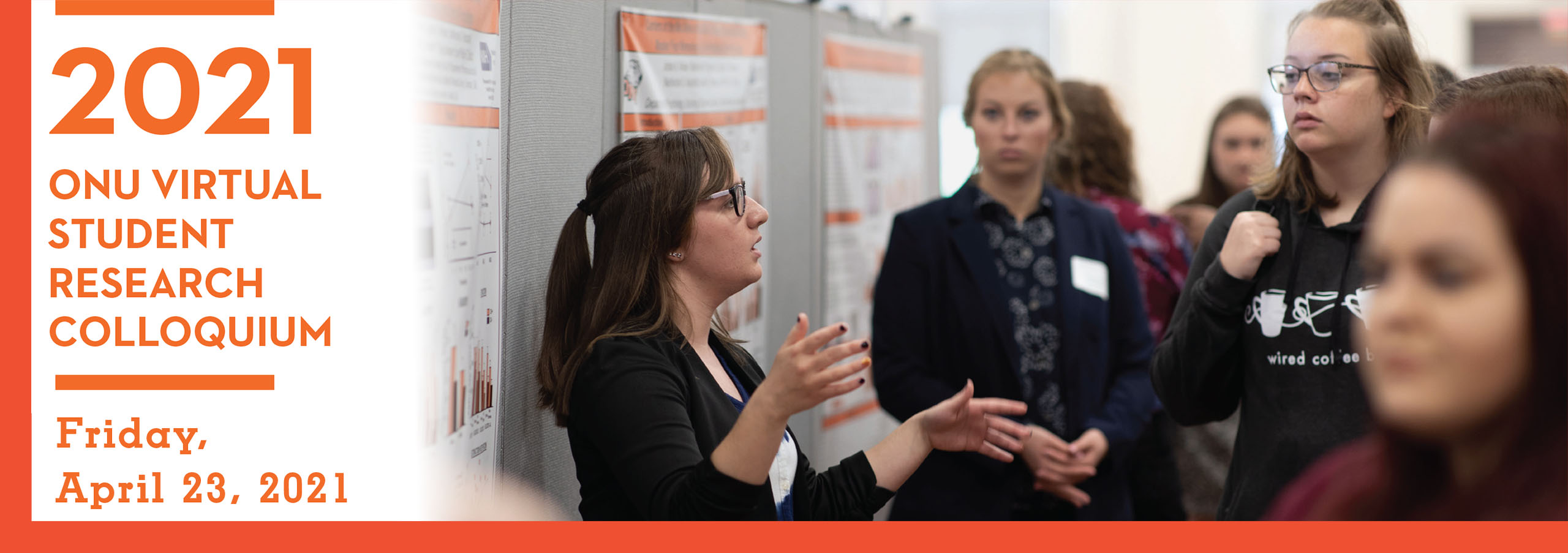Sponsor
Megan Lieb, DNP
Ohio Northern University
Nursing, Health & Behavioral Sciences
m-lieb.2@onu.edu
Advisor(s)
Megan Lieb, DNP
Ohio Northern University
Nursing, Health & Behavioral Sciences
m-lieb.2@onu.edu
Jamie Hunsicker, DNP
Ohio Northern University
Health & Behavioral Sciences, Nursing
j-hunsicker@onu.edu
Document Type
Poster
Start Date
23-4-2021 9:00 AM
Abstract
Problem: Hospital acquired infections (HAIs) are a major problem that the United States faces which effects millions across the country.
Purpose: The purpose of this quality improvement project was to positively effect nurses’ attitudes regarding disinfecting medical equipment that is used on more than one patient, leading them to disinfect the equipment more often, preventing the possibility of HAIs.
Methods: The sample included nurses on a rapid observation unit. A pretest measured attitudes regarding and equipment disinfecting practices of nurses. An educational pamphlet on cleaning shared medical equipment was provided. A posttest measured changes in nurses’ attitudes and practices following education.
Pertinent Findings: It is expected that nurses’ attitudes will improve regarding disinfecting shared equipment in between patient use leading to better practices of disinfecting the equipment.
Conclusion: This project shows a need for educating nurses on the importance of disinfecting equipment between patient use. By nurses improving disinfecting practices, the number of organisms spread through equipment decreases. This leads to a reduced number of HAIs and ultimately leads to better patient outcomes and reduced healthcare costs.
Recommended Citation
LeRoy, Katherine Marie, "Disinfecting Shared Medical Equipment" (2021). ONU Student Research Colloquium. 33.
https://digitalcommons.onu.edu/student_research_colloquium/2021/posters/33
Restricted
Available to ONU community via local IP address and ONU login.
Disinfecting Shared Medical Equipment
Problem: Hospital acquired infections (HAIs) are a major problem that the United States faces which effects millions across the country.
Purpose: The purpose of this quality improvement project was to positively effect nurses’ attitudes regarding disinfecting medical equipment that is used on more than one patient, leading them to disinfect the equipment more often, preventing the possibility of HAIs.
Methods: The sample included nurses on a rapid observation unit. A pretest measured attitudes regarding and equipment disinfecting practices of nurses. An educational pamphlet on cleaning shared medical equipment was provided. A posttest measured changes in nurses’ attitudes and practices following education.
Pertinent Findings: It is expected that nurses’ attitudes will improve regarding disinfecting shared equipment in between patient use leading to better practices of disinfecting the equipment.
Conclusion: This project shows a need for educating nurses on the importance of disinfecting equipment between patient use. By nurses improving disinfecting practices, the number of organisms spread through equipment decreases. This leads to a reduced number of HAIs and ultimately leads to better patient outcomes and reduced healthcare costs.

